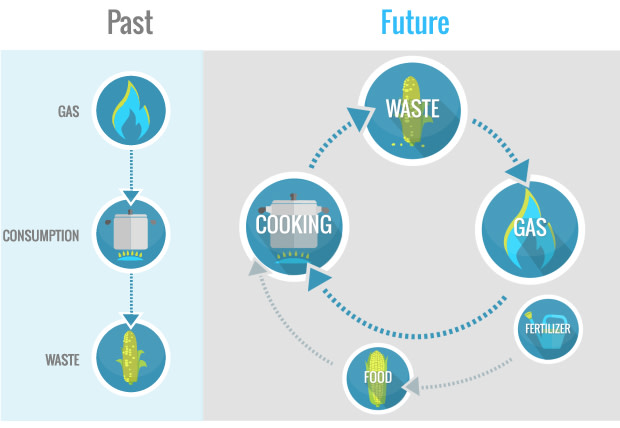permaculturevoices.com writes…
“There’s a book… a book that is 576 pages long.
It was first published in 1988.
Some of you may have read it, some of you maybe haven’t.
“This book is about designing sustainable human settlements, and preserving and extending natural systems. It covers aspects of designing and maintaining a cultivated ecology in any climate: the principles of design; design methods; understanding patterns in nature; climatic factor; water; soils; earthworks; techniques and strategies in the difference climatic types; aquaculture; and the social, legal, and economic design of human settlement.
It calls into question not only the current methods of agriculture, but also the very need for a formal food agriculture if wastelands and the excessive lawn culture within towns and cities are devoted to food production and small livestock suited to local needs.
The world can no longer sustain the damage caused by modern agriculture, monocultural forestry, and thoughtless settlement design, and in the near future we will see the end of wasted energy, or the end of civilization as we know it, due to human-caused pollution and climate changes.
Strategies for the necessary changes in social investment policy, politics itself, and towards regional or village self-reliance are now desperately needed, and examples of these strategies are given. It is hoped that this manual will open the global debate that must never end, and so give a guide to the form of a future in which our children have at least a chance of reasonable existence.” Bill Mollison: Permaculture, A Designers’ Manual.
This book is Permaculture, A Designers’ Manual.
And this show is Geoff Lawton covering the whole Permaculture Designers’ Manual in about an hour at PV1 in March 2014…”
Read more
Podcast: Play in new window | Download
Source
Read Full Post »








